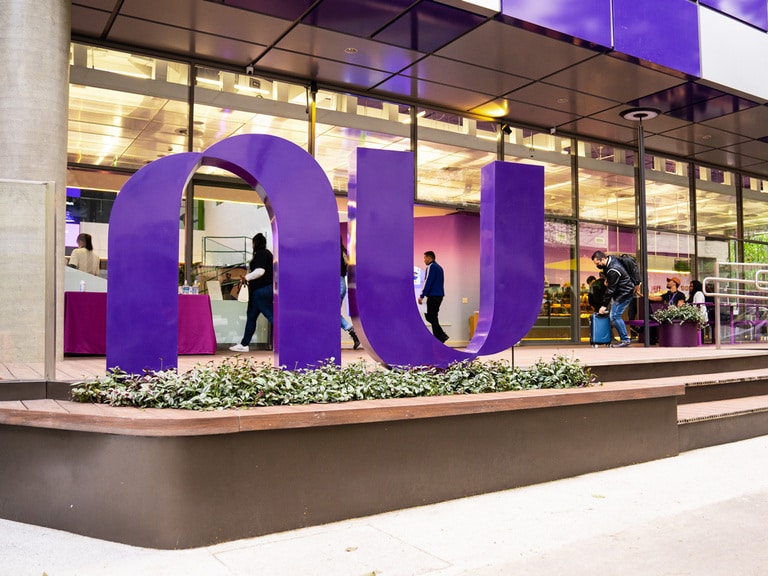Marks and Spencer’s share price has waned in 2022 as concerns over the cost of living mount. However, the grocer swung back into profit in full-year results published in May. In an investor update in October M&S outlined its vision for the next phase of its growth strategy and Wednesday’s half-year results will provide another opportunity to see how things are progressing.
Marks and Spencer’s [MKS.L] share price hasn’t had the best of years as concerns over the rise in the cost of living weigh on investor sentiment – a decline the stock shares with rivals Tesco [TSCO.L] and Sainsbury’s [SBRY.L].
One bright spot has been progress made on its ambitious turnaround strategy. Launched in 2016 by then CEO Steve Rowe, the strategy aims to get costs under control and deliver growth for shareholders. This year there have been signs that this has started to deliver with full-year results published in May showing the grocer has swung back into profitability.
M&S followed this on 12 October with an investor presentation that outlined a vision for what comes next, including plans to accelerate the opening of bigger and better out-of-town stores. Upcoming half-year results will offer shareholders another opportunity to see how M&S is progressing on this strategy.
What’s happening with Marks and Spencer’s share price?
Marks and Spencer’s share price has declined 51.32% this year, closing Friday 5 November at 112.65p. In comparison, rivals Tesco and Sainsbury’s have seen a respective 23% and 24.33% decline over the same period.
Yet, since the 12 October publication of its investor presentation ‘M&S Reshaped’ the stock price has climbed 9.7%. Shareholders will be hoping that positive news in Wednesday’s half-year results continues this upward momentum.
What to look out for in Marks and Spencer’s half-year results
How M&S is executing against its growth strategy, along with the impact of wider economic headwinds on the business, will go a long way in determining how its half-year results are received.
Marks and Spencer swung back into profit for the full year covering the 52 weeks ending 2 April 2022. Profit before tax came in at £391.7m, reversing the £209.4m loss in the same period the previous year, and more than quadrupling the £67.2m made in the 2019/2020 period. M&S Food delivered sales growth of 10.1% for the year, while the Clothing & Home grew 3.8%. Ocado Retail, M&S’s joint venture with Ocado [OCDO], saw a 4% decline in revenue and a declined contribution to group results after exceptional costs, including a fire at one of Ocado’s warehouses in Erith. Group revenue came in at £10.9bn, up from £9.17bn the previous year.
Notably, M&S said the results marked the completion of a transformation project started six years ago. The next phase will look to reposition M&S as a “growth business focused on rewarding shareholders with a combination of sustainable returns and profit growth through a balance of investment and cash generation,” according to its trading statement.
M&S identified three “infrastructure challenges” that could impact the pace of change at the retailer. The first is its core technology system, particularly around Clothing & Home, where M&S said planning and supply chain systems could be “significantly improved to drive more efficient trading”. The second challenge is investment in both food and clothing supply chains. The third challenge is ensuring its full-line stores can compete in an omnichannel retail environment. All things to watch out for in the half-year results.
Turnaround strategy continues
A key part of M&S’s turnaround strategy is to modernise its stores by 2028. In 2016, then CEO Steve Rowe began a programme of ‘rotation’ where the retailer opened bigger, more modern stores out of town, while at the same time closing underperforming high streets stores. With Rowe having left M&S in July this year, it is up to new CEO Stuart Machin to deliver the next phase of this programme.
Investors received an update on this strategy on 12 October in a presentation titled ‘M&S Reshaped’. By 2028, M&S plans to close 67 lower productivity full-line stores. By the same deadline, it plans to open an additional 104 Simply Food stores to bring the total number of these high productivity stores to 420. M&S said that while the plan is to do this over a five year period, it's aiming for three years.
M&S used the example of its Llandudno store which was relocated from a high street location to an out of town retail park. The move led to a 75% increase in food sales from the £10.8m made in 2019.
Overall, M&S said that it was aiming to further reduce underlying costs by around £400m. Further insight on this strategy will likely be welcomed by shareholders in this week’s half-year results.
The cost of living crisis is also likely to factor in M&S’s upcoming earnings. In October, the retailer said that wage inflation will increase staff costs with further pressure likely next year. It also pointed to higher energy costs that could rise to £100m next year.
As it stands, Marks and Spencer’s stock price has a median target of 125p from the 19 analysts polled by the Financial Times, suggesting a 11% upside on Friday’s close.
Disclaimer Past performance is not a reliable indicator of future results.
CMC Markets is an execution-only service provider. The material (whether or not it states any opinions) is for general information purposes only, and does not take into account your personal circumstances or objectives. Nothing in this material is (or should be considered to be) financial, investment or other advice on which reliance should be placed. No opinion given in the material constitutes a recommendation by CMC Markets or the author that any particular investment, security, transaction or investment strategy is suitable for any specific person.
The material has not been prepared in accordance with legal requirements designed to promote the independence of investment research. Although we are not specifically prevented from dealing before providing this material, we do not seek to take advantage of the material prior to its dissemination.
CMC Markets does not endorse or offer opinion on the trading strategies used by the author. Their trading strategies do not guarantee any return and CMC Markets shall not be held responsible for any loss that you may incur, either directly or indirectly, arising from any investment based on any information contained herein.
*Tax treatment depends on individual circumstances and can change or may differ in a jurisdiction other than the UK.
Continue reading for FREE
- Includes free newsletter updates, unsubscribe anytime. Privacy policy





